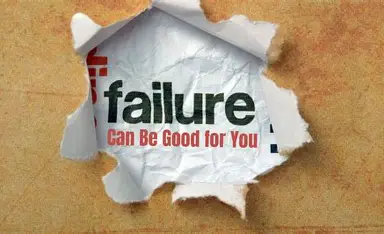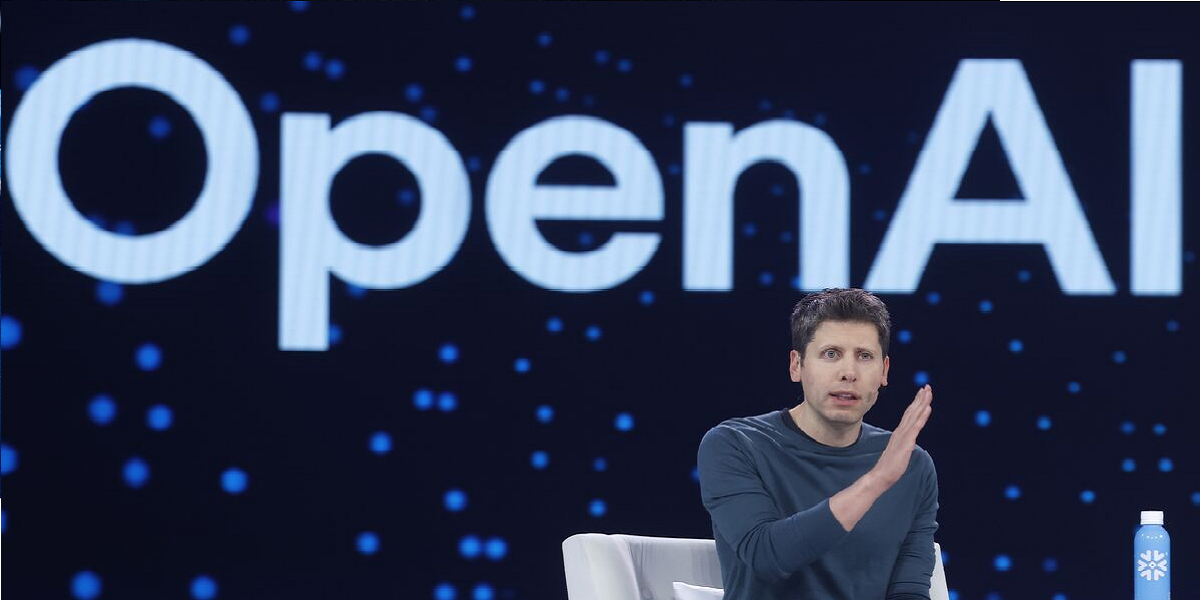AI's Secret Divide: Understanding the Reinforcement Gap

The rapid advancement of artificial intelligence (AI) is proving to be unevenly distributed, with certain capabilities progressing significantly faster than others. While AI coding tools, exemplified by models like GPT-5, Gemini 2.5, and Sonnet 2.4, are making astounding strides, other applications such as email writing or general-purpose chatbots show only marginal improvements compared to a year ago. This disparity highlights a crucial concept in AI development: the "reinforcement gap," which is becoming a primary determinant of what AI systems can and cannot effectively accomplish.
The fundamental reason for this divergence lies in the application of reinforcement learning (RL), which has emerged as arguably the most significant driver of AI progress in recent months. Reinforcement learning thrives on vast numbers of easily measurable tests. When there's a clear pass-fail metric that can be repeated billions of times without requiring human intervention, AI systems can be effectively trained to produce workable outputs. Conversely, skills that are inherently subjective and lack such clear, scalable validation metrics struggle to leverage RL effectively, leading to slower, more incremental progress. This explains why RL-friendly tasks like bug-fixing and competitive math are improving rapidly, while creative writing or nuanced conversational abilities advance at a slower pace.
Software development, in particular, presents an ideal environment for reinforcement learning. The industry has a long-standing tradition of rigorous testing — including unit testing, integration testing, and security testing — designed to validate code before deployment. These systematized and repeatable tests, which human developers routinely use, are equally valuable for validating AI-generated code. More importantly, they provide the perfect framework for reinforcement learning at a massive scale. In stark contrast, validating the quality of a well-written email or a truly "good" chatbot response is inherently subjective and difficult to quantify at scale, making them less amenable to RL-driven improvement.
However, the line between "easy to test" and "hard to test" is not always clear-cut. While some tasks, like quarterly financial reports or actuarial science, may not have immediate, off-the-shelf testing kits, a sufficiently resourced startup could potentially develop one from scratch. The ultimate success of an AI product often hinges on the testability of its underlying process. The more amenable a process is to systematic evaluation, the greater its potential to transition from an exciting demonstration to a functional, marketable product.
Intriguingly, some processes once considered "hard to test" are proving to be more tractable than anticipated. OpenAI's recent Sora 2 model for AI-generated video is a prime example. The immense progress made, with objects maintaining permanence, faces holding their shape, and footage respecting the laws of physics, suggests the implementation of robust reinforcement learning systems targeting each of these specific qualities. These combined RL systems bridge the gap between mere hallucination and photorealism in video generation, illustrating that testability can sometimes be engineered for complex tasks.
It is important to note that this "reinforcement gap" is not an immutable law of artificial intelligence; rather, it reflects the central role reinforcement learning currently plays in AI development. This dynamic could shift as AI models and methodologies evolve. Nevertheless, as long as RL remains the primary engine for bringing AI products to market, this gap is likely to widen. This trend carries profound implications for both new startups and the broader economy, particularly regarding the automation of services. Identifying which healthcare services, for instance, are RL-trainable will have significant repercussions for career paths and economic structures over the coming decades. The rapid, surprising advancements like those seen with Sora 2 suggest that answers to these complex questions may arrive sooner than expected.
You may also like...
Digital Portfolios Are the New Business Cards; Here’s How to Build One That Gets Seen

In today’s digital-first economy, your online portfolio is your handshake, résumé, and elevator pitch rolled into one. H...
Career Pivoting: Why Changing Paths Might Be the Smartest Move You Make

In a world where stability often overshadows fulfillment, career pivoting may be the smartest move for professionals se...
Why Your First Failure Might Be the Best Thing That Ever Happened to Your Business

Failure isn’t the end of entrepreneurship, it’s the education success never gives. Here’s why your first business collap...
Consumerism vs Culture: Is Africa Trading Values for Trendy Lifestyles?

Is Africa trading its cultural values for trendy lifestyles? Explore how consumerism, foreign brands, and social media p...
The War on Boys: Are African Male Being Left Behind in Gender Conversations

Why are African boys and men often left out of gender empowerment programs? Explore how emotional suppression, lack of m...
Pay Slip, Motivation Slips: The Silent Crisis Among the Working Class

Across Nigeria, millions of workers are trapped in jobs that pay just enough to survive but too little to live. Beneath ...
Premier League's Unsung Heroes: Bournemouth, Sunderland, and Tottenham Shockingly Exceed Expectations

This Premier League season sees teams like Bournemouth, Sunderland, and Tottenham exceeding expectations. Under Thomas F...
El Clasico Fury: Yamal Controversy and Refereeing Blunders Ignite Post-Match Debates
)
Real Madrid secured a 2-1 El Clasico victory over Barcelona amidst significant controversy surrounding a late penalty de...




